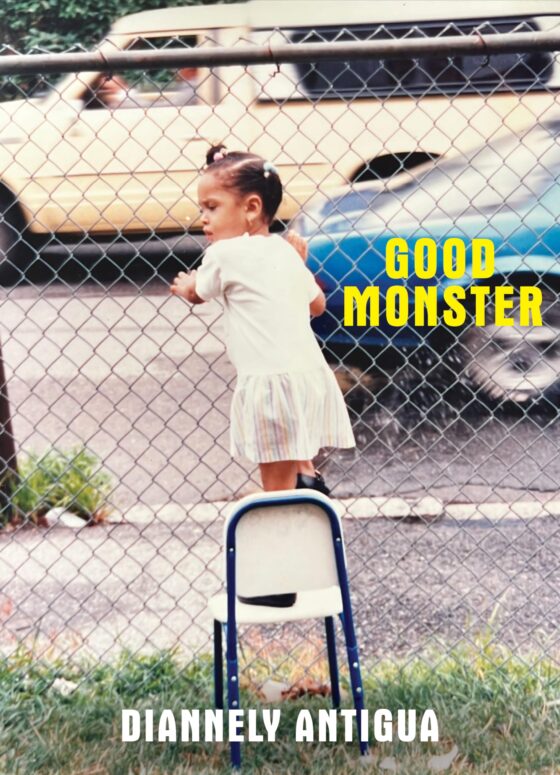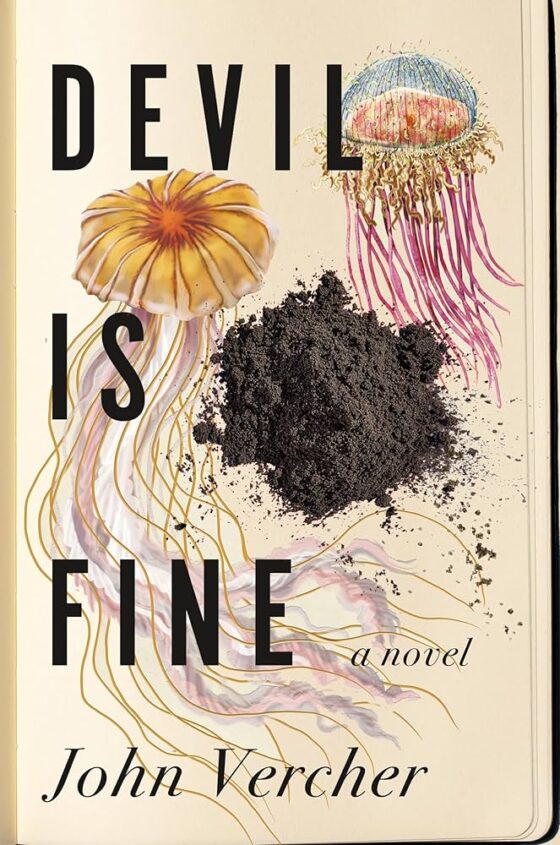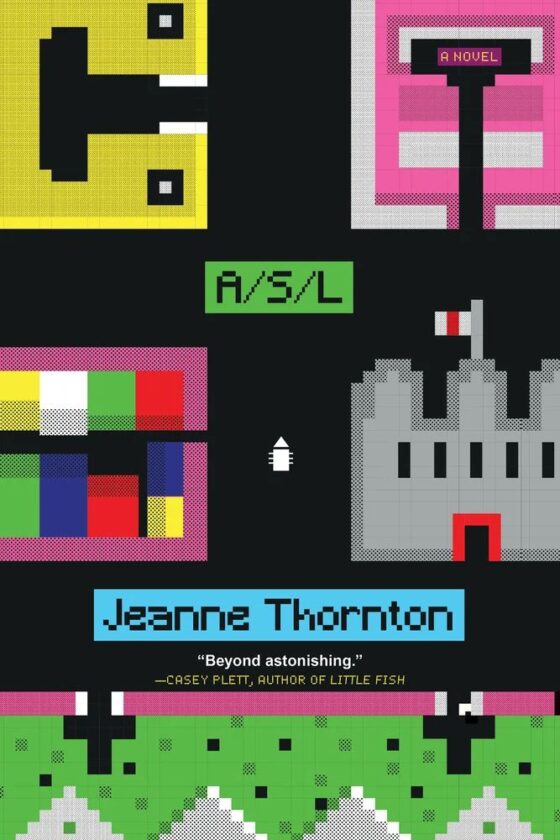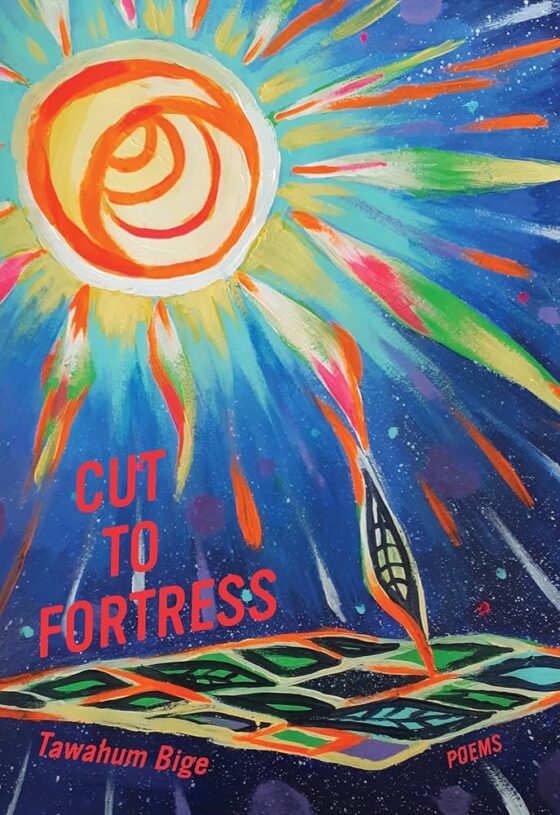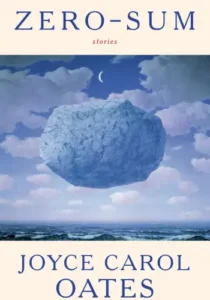
In the titular story of Zero-Sum, which begins the luminous new collection by the acclaimed American writer Joyce Carol Oates, a doctoral cohort is presented with a startling choice during their initial meeting. The professor, a renowned philosopher, offers to forgo the traditional grading structure in favor of guaranteeing an A minus to every assignment turned in. All the students have to do is agree to this via a vote.
Of course, the professor knows from experience that this vote is only theater. The students linger in “stunned silence. Nervous smiles. Glances about the long oak table. . . .” Each student present presumes themselves a cut above the rest, as particularly evidenced by our protagonist, K., who decides, “Not me. Not me. I am not one of you.” Though she means no ill-will to her peers, she is bent on particularly impressing the professor, with whom she is hopelessly infatuated. As the story unfolds, K.’s hubris quickly devolves as her fixation with the professor leads to a crucial misstep: she alludes to his obscure early work in her own writing, and this over-familiarity proves a bad look. He gives her a wide berth. Paradoxically, her need to connect with him ostracizes her from him, and this widening distance only encourages K. to push harder to form a bond.
Oates’s choice to begin her collection with the title story—itself a nod toward a game-theory situation whereby the advantage gained by one person is equal to the disadvantage received by another—sets up a palpable tension of responsibility that bands around these short works. Here, what is given, what is taken or refuted, what is owed engenders the myriad methods her characters use to shift responsibility or culpability away from themselves and onto others. In highlighting this imbalance (or cruel balance),Oates threads a compelling panoply of codependent lives that walk upon the jagged edge of abuse, envy, distrust, obsession, delusions of grandeur, and further mental illness. Accordingly, every narrative in the collection swarms with alarming displays of a mania. Sometimes it is expressed by the character’s misogynistic outlooks, at other times via particularly extreme acts in the name of feminism. Whatever attempts at understanding and altruism they make often prove to be little more than shade for self-aggrandizement.
The first part of the book’s distinct tripartite assembly concerns itself with trauma, sadism, and vengeance. These narratives yield striking demonstrations of Oates’s ability to impart harrowing accounts of apocalyptic inner lives into original narrations. In “Sparrow,” a doting daughter visits her narcissistic mother, who is living in assisted care enduring the ravages of dementia. Her other children have long abandoned her (“The woman is just poison,” a brother warns his sister from the safe distance of the opposite coast), yet the daughter feels compelled to remain by her side. She fawns and placates in order to please her dying mother, yet the woman can’t help but wound, recounting without filter the cold revelation of the long-hushed circumstances surrounding her daughter’s birth.
This situation might sound familiar, but Oates’s gift for invention allows her stories to overcome trope through their compelling examinations of trauma. In “Lovesick,” a man takes erotic pleasure in hearing his lover recount the harassment by an anonymous caller that keeps dialing her. The haunting “Mr. Stickum” describes an eponymous torture device developed by a group of girls intended to trap local sex predators. Who takes the bait? “Dads . . . uncles, cousins. Neighbors. Teachers.” The results of their efforts toward violent justice will link the girls forever. It’s worth noting that this piece, which is by turns cheeky and gruesome, was originally published in Playboy.
With “The Suicide,” the book’s central and longest piece, Oates delves into the auto-fictive by detailing the horrific recurrence of suicide attempts made by “the most astonishingly original, extravagantly gifted writer of his generation.” He is from the Midwest, pens “flashy prose,” and loves dogs. The David Foster Wallace parallels are obvious, as is Oates’s use of his stylized ironic detachment (though the real-life DFW both utilized and hated irony) to explore the depths of his torment as he tries, in vain, to craft a suicide note that does justice to his pain without teetering into sentimentality. “Trouble with life is,” the writer observes, “you’re expected to actually live it, not just write about it.” Not just for himself but also for his wife, who strives to pick up the pieces as her husband’s mind crumbles. Their union might be the only tether keeping the genius author alive—even as it taxes her own life to do so. With “The Suicide,” Oates bravely seeks to return some nuance to the discussion surrounding the late author, who affected many readers. Resisting both the blind praise or truncated dismissal that typify the conversation, the story underscores the necessity of literature to engage with unanswerable questions.
Rather than follow this with work that further hazes the line between fictive and non, the third part of the book finds the stories at their most hallucinatory and conceptual. Connected by a series of textual artifacts (motherhood, screens, freshwater parasites, the ever-eerie second-person point-of-view), the stories show Oates exploring genres of horror, fantasy and science fiction to varying results.
“The Baby Monitor,” for example, concerns a sleep-deprived mother obsessively watches the night vision-enabled screen of the baby monitor. The baby, in the dark, appears in a derealized fashion, a “shadowy figure as in an ultrasound. Reduced and diminished so that it doesn’t resemble a human baby.” She comes to see her husband, who is asleep beside her, as unrelated to the situation and, taking sole responsibility onto herself, begins to fall apart under the weight of the responsibility for taking care of her newborn: “All that is required is that you give up your life for another,” she thinks.”Yet, that might not be enough. And you have nothing else to give.”
That same sense of responsibility morphs into absurdity with “Monstersister,” which finds a growth on the back of a young girl’s head seemingly coming alive as it pushes out and away from her skull. The growth shatters the girl’s reality even as it seems to charm her family. Yet: “I was responsible for it—keeping it alive,” the girl cannot help but think as the growth seemingly begins to develop a face. “Why?—this question never to be answered.”
Oates’s previous ventures in genre have considered science fiction (In Hazards of Time Travel), horror (The Gothic Quintet) and the supernatural (Lives of the Twins), and while realism remains her most prominent style, her explorations of genre here seem particularly useful as metaphors to the concerns of our time. Thus, Oates heads valiantly into high-concept imaginative territory, ratcheting up the dial right up into the last piece: “M A R T H E: A Referendum,” which takes place in 2169. Oates invents a future in which “AICitizens” must agree to “extreme measures” required to sustain the “last living specimen” of humanity who, sustained by numerous fabricated organs, is 168 years old, comatose and infertile. The piece concludes the book symmetrically with where it began—that is, with a ballot. These futuristic apex humanoids hold an election to decide whether or not to keep this “doomed, moribund, accursed species” alive. Unlike the presumed grade that equalizes the better students with the worse, the result of this vote will leave your head spinning.
With Zero-Sum, Joyce Carol Oates capably leads her readers up to the point of bewilderment without abandoning them to confusion. In doing so, she reminds us that society and the self alike roil continually in an unending mess of power struggles. Yet, though there is no escape from the politics of existence, Oates imparts glimpses of hope by showing us the ratio between right and responsibility is hardly all or nothing.

